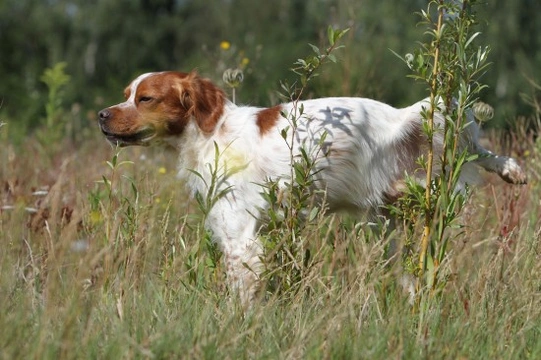
Dog Communication via Scent Marking: How and Why Dogs Mark
Any dog owner, especially those with male dogs, will have noticed the ritualistic toileting behaviours dogs show. They often take considerable time finding the perfect spot, sniffing, circling, and preparing before they urinate or defecate. If you've ever wondered why dogs behave this way, this guide will help you understand their intriguing communication through scent marking.
Understanding Scent Marking: A Key to Canine Communication
Scent marking is a sophisticated way dogs communicate with one another, primarily using urine and other scent glands. It conveys vital information about territory, identity, reproductive status, and social hierarchy. Puppies learn from adults how to use these scent cues effectively.
Marking Their Place: Territory and Identity
Male dogs often lift their leg to urinate on vertical objects like trees, posts, or fences. This behaviour helps distribute their scent over a larger area and strengthens the message that this territory belongs to them. Dogs frequently seek out spots previously marked by other dogs, enabling them to overlay their scent—signalling presence or erasing rivals' marks. This ritual supports social order and helps prevent direct conflicts.
The Canine Dating Agency: Signals of Reproductive Status
Female dogs in heat urinate more frequently than their spayed or neutered counterparts, spreading pheromones that act like invitations to prospective mates. Unneutered male dogs are particularly attracted to these scent marks and may quickly add their own urine to mask the female's scent, essentially "reserving" her. This natural behaviour is a pronounced part of canine reproductive communication.
Social Networking: Reading the Messages in Scent
Your dog's sniffing around before toileting is like browsing a social network — other dogs have left messages through their scent marks. Dogs can tell the gender of the dog that marked a spot, health condition, diet, and even emotional state from sniffing these chemical signals. This complex communication helps dogs bond, establish social hierarchies, and maintain awareness of community members.
Scraping the Ground: Extending Their Scent Signature
Many dogs scratch or kick the ground after defecating, a behaviour often misunderstood as trying to bury their deposit. In reality, this action spreads scent from their anal glands, increasing the range and strength of their scent message. This marks their territory visually and chemically, announcing their presence to other dogs effectively.
Peeing on Everything: Expanding Territory and Erasing Rivals
Both male and female dogs, including neutered males, use frequent urination on multiple objects as a form of scent marking. This behaviour spreads their unique scent across a wider area, signalling ownership and potentially masking the scent marks left by others. Additionally, dogs can recognise their own scent trails, which could help them navigate back home if lost.
Promoting Responsible Dog Ownership
Understanding scent marking helps owners respect and manage natural canine behaviour. If your dog marks excessively inside or outside, it can indicate stress, insecurity, or territorial disputes. Consulting a professional trainer or vet can help address unwanted marking gently and effectively, always ensuring your dog’s wellbeing and happiness.
Responsible puppy owners should find a puppy from reputable breeders who understand these natural behaviours and provide proper early socialisation to encourage healthy communication skills.
Conclusion: Decoding Your Dog’s Scent Messages
Scent marking is a vital communication tool in dogs’ social lives, encompassing territory marking, identification, reproductive signalling, and social networking. Appreciating these behaviours deepens your bond and helps you manage your dog’s needs with empathy and care. When you next see your dog pausing to sniff and mark during a walk, remember it is their way of saying hello, setting boundaries, and sharing news in their language of scents.



